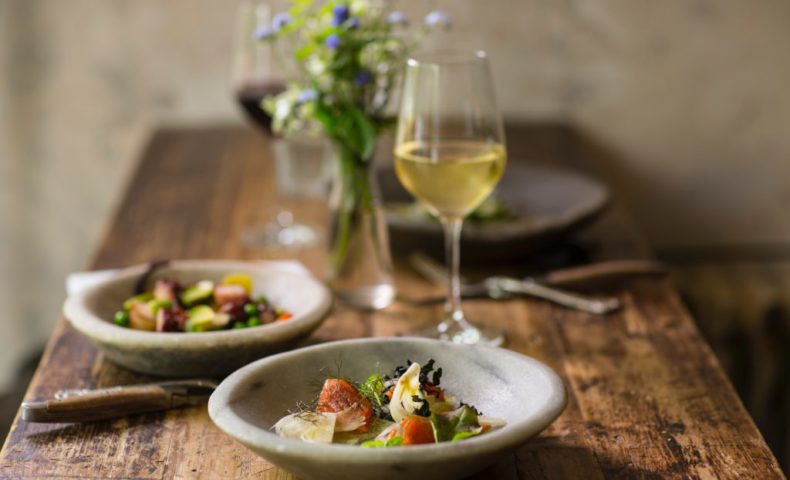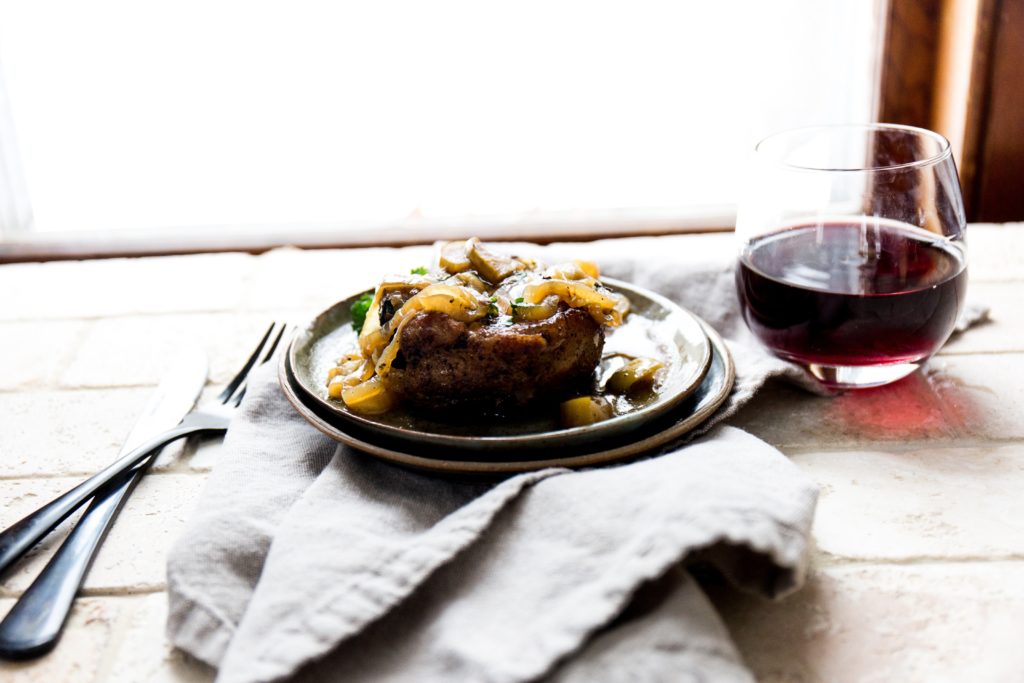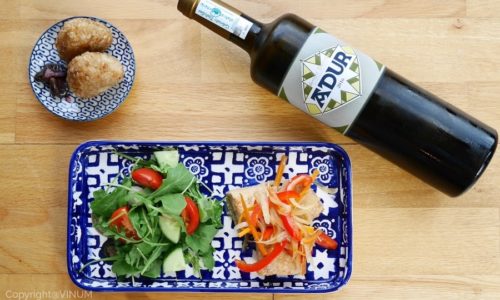What do we mean when say that a particular wine ‘matches’ a particular dish? And how will you know if you’ve got it right?
Simply put, you are looking for balance. You want neither the wine nor the food to be overwhelmed by the other. In fact, in most cases, the food is going to have a stronger effect on your palate than any wine, so any bad pairing will usually make the wine taste unpleasant: too bitter, too acidic, too alcoholic, or simply bland.
A good pairing will flatter both the wine and the dish. You want to be able to taste clearly or even enhance the best characteristics of a wine. For example, take a juicy beef steak/Cabernet Sauvignon pairing: the high tannins in the wine will clean your palate of the fattiness, while the high acidity will cut through the richness of the meat. You are then left to enjoy the powerful black fruit-flavours of the Cabernet Sauvignon. For oysters, or other delicate shellfish, you want to pick a wine that won’t overwhelm the food. A refreshing, high-acid white wine (the classic pairing being Muscadet or Chablis) with citrus flavours will act a bit like squeezing lemon over your seafood. And there you have it – harmony!
Have a look at these posts for more info on this topic.














 日本語
日本語









